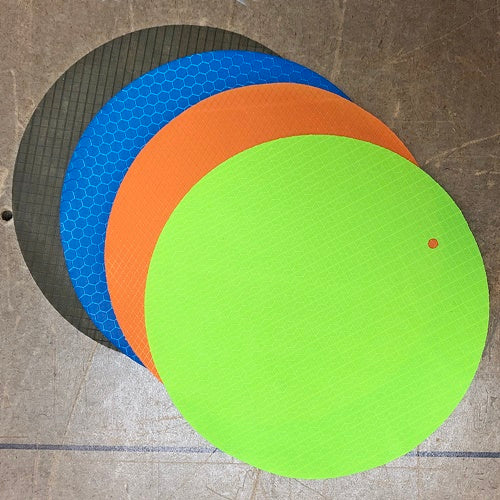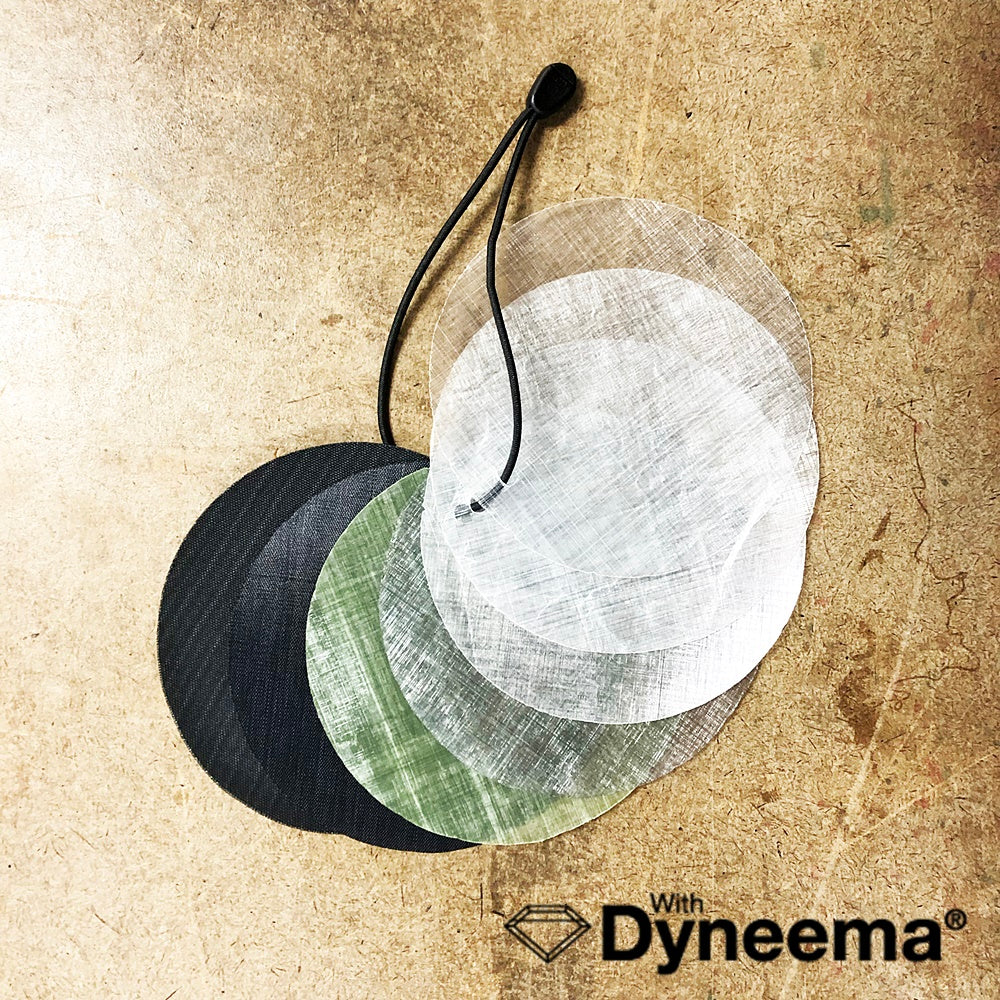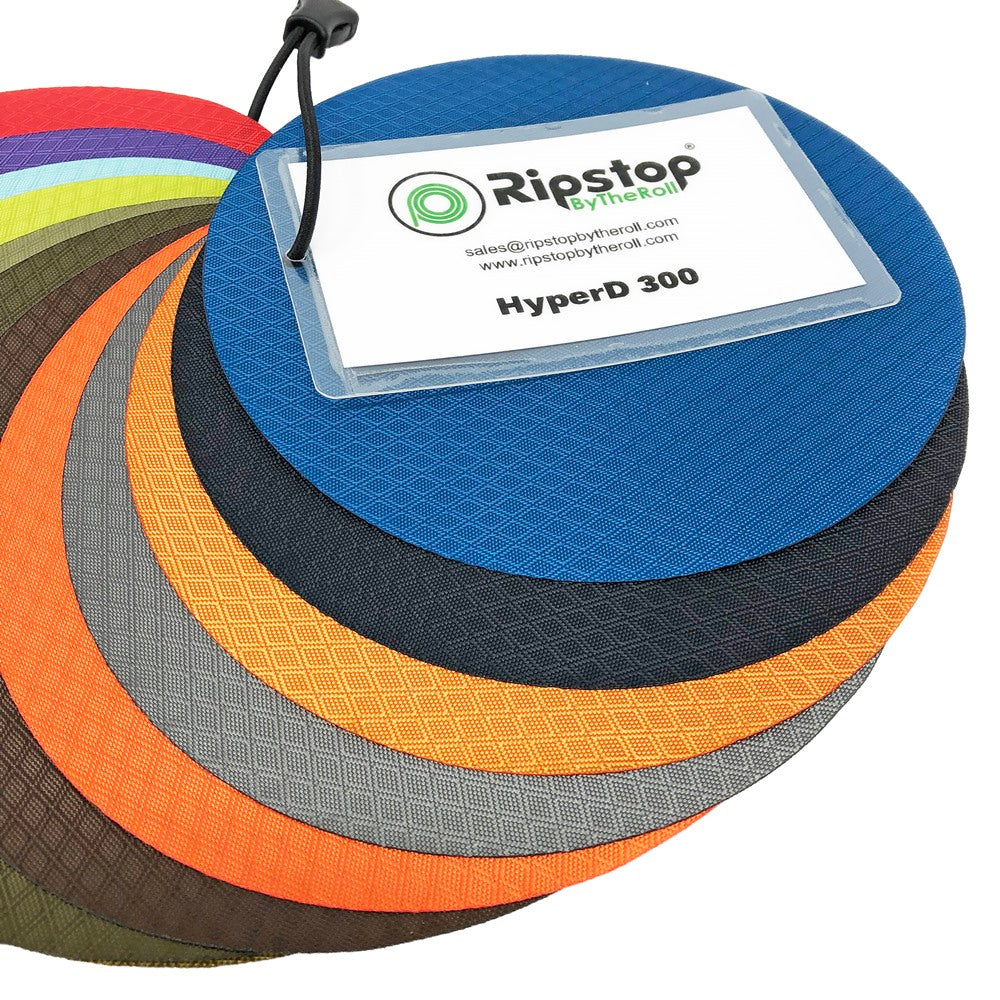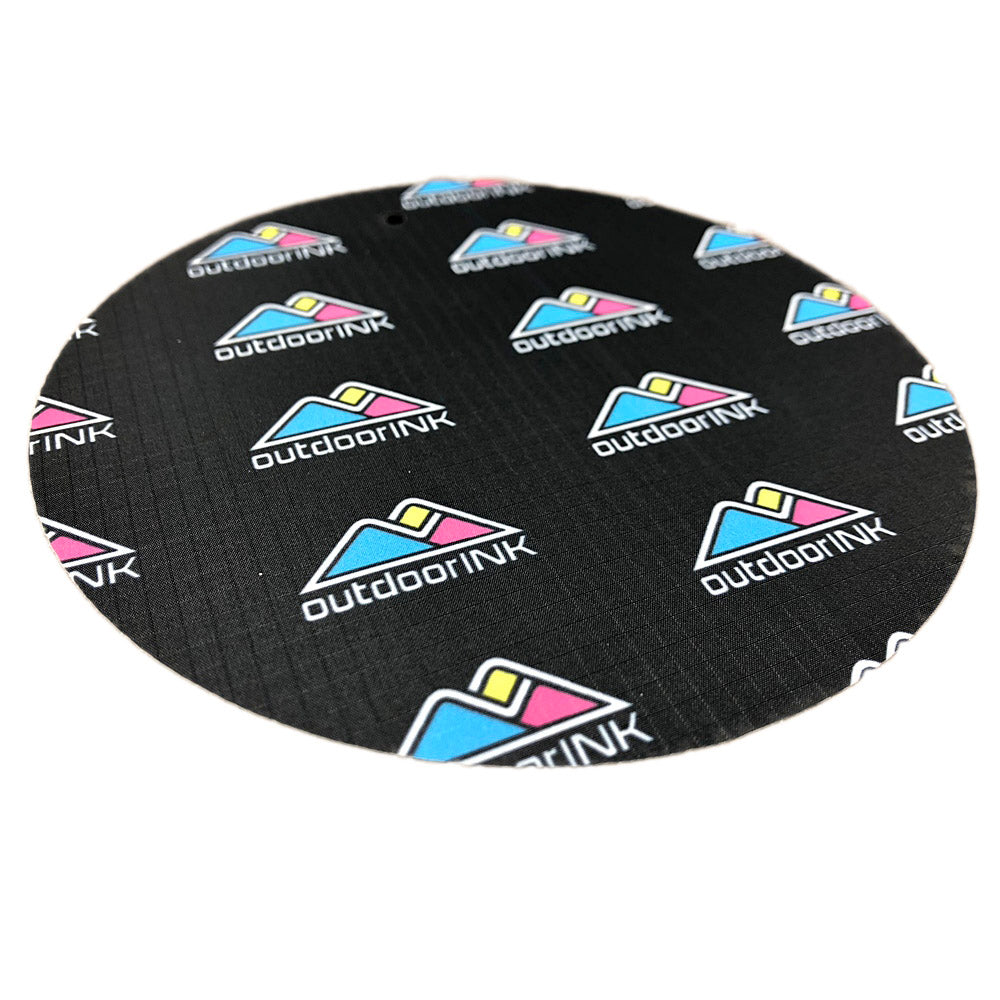1. Cut the 1.7MTN fabric to 156" in length
2. From each end, measure 6" in and use a chalk pencil to draw a line across the fabric. This will be the point you DO NOT cross when folding the fabric over to make your 2" channels for the amsteel loops.
3. Pin and hem the long sides of the MTN fabric, being generous going with ~3/4" rolled hem. Sew up the hems making sure you rolled both to the same side on the fabric. Always double check, mistakes like that are easy to make.
4. Now on the side you just rolled your hems to, sew 1" rolled hems. 1" is perfect, since you'll be triple stitching the amsteel channels, and leaving 1/4" spaces on each side of each thread line.
5. Now fold the ends in until the edges of them meet the line you drew. Examine the channel they'll produce, and you should have a 2" channel if you did everything right. Pin them and triple stitch them, starting right in the center of the hem. For the other two passes, measure 1/4" to each side of your first pass.
6. Now it's time to cut your bugnet out from the monolite. Don't draw the same exact lines as on the template image, those are the measurements you need when all the edges are hemmed. Measure 1 1/2" out to allow a 3/4" rolled hem on each edge. Cut out your bugnet after double or triple checking everything will result in the template dimensions once rolled and hemmed.
7. Sew a long section of the 1 1/2" mil-spec webbing the full length along one side of the hexagon, along 3 sides so that the monolite nearly takes up just a tiny amount less than half it's width, and the side you rolled your hems to should be facing down into the webbing. Double stitch the entire length, the second pass goes fast and it's worth it for extra strength and security.
8. Place a zipper pull on the zipper coil backwards to split the coil as you sew the zipper coil on the other 3 sides of the monolite hexagon. The hems of your monolite should face down into the coil just like with the webbing in the previous step, they'll both be inside the hammock when you're done. The non-flat side of your zipper should be facing up. You want to push the rolled hem down and make sure the fabric just barely reaches over the zipper teeth a tiny bit as you sew it on, any more and it'll get caught in the zipper and annoy you, any less and it's just not going to look as good. Do two passes, again for extra strength and security, and it helps to do the first so that the foot of your sewing machine passes right along against the side of the zipper teeth. Slide the zipper pull further down and cut the excess coil off you don't need. Leave the zipper slider off, you don't want the zipper joined yet.
9. Just like in the previous steps, now join the other half of the zipper coil to your MTN fabric with the rolled hem facing down and the coil's non-flat side facing up, and you'll do the same with the webbing on the other side. Start by doing the coil first since your hammock halves will be joined upon doing the webbing, making things more difficult on those long passes. Start each at the lines you drew on the fabric where the channels end. Double stitch them both.
10. Your hammock is now joined, but you're not done yet. Add a zipper pull to each end of the coil so that they close the coil and meet one another at the center where you'll be jumping in to snooze. Sew a zipper stop at each end using a small piece of mil-spec webbing. Fish your continuous loops through your channels and add your ridgeline that's the right length to make the monolite bugnet nearly taught.
12. (Optional) Cut the zipper pull tabs off with pliers and replace them with a color of zingit you'll see far easier, it does save an ounce or two if you added zipper pouches inside the hammock or other mods.



















